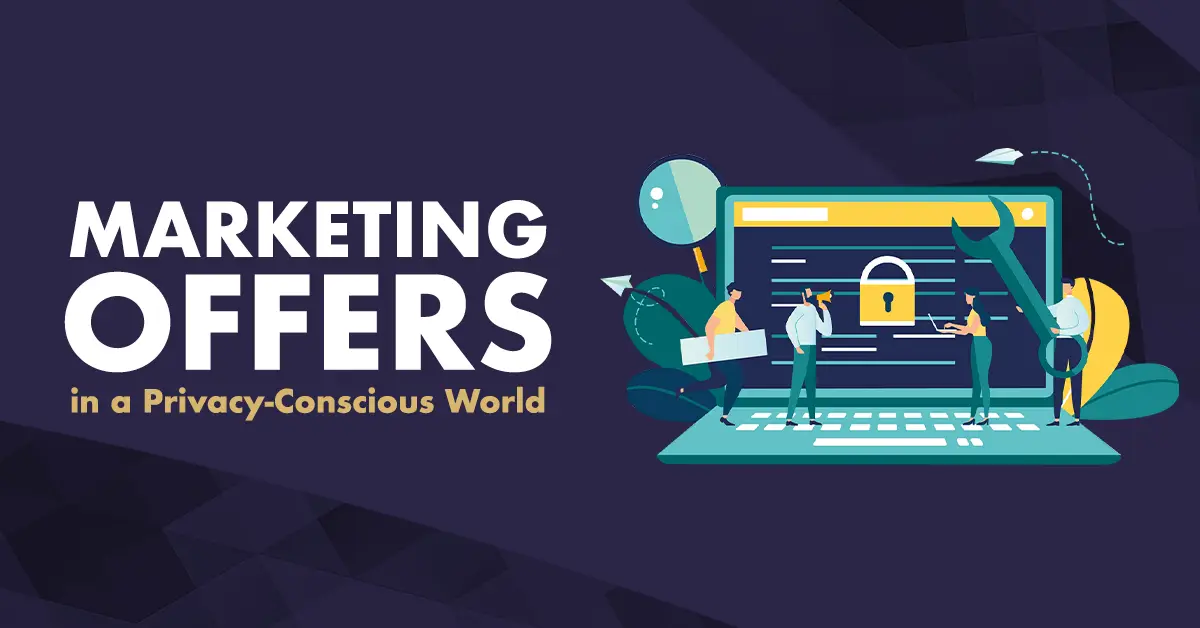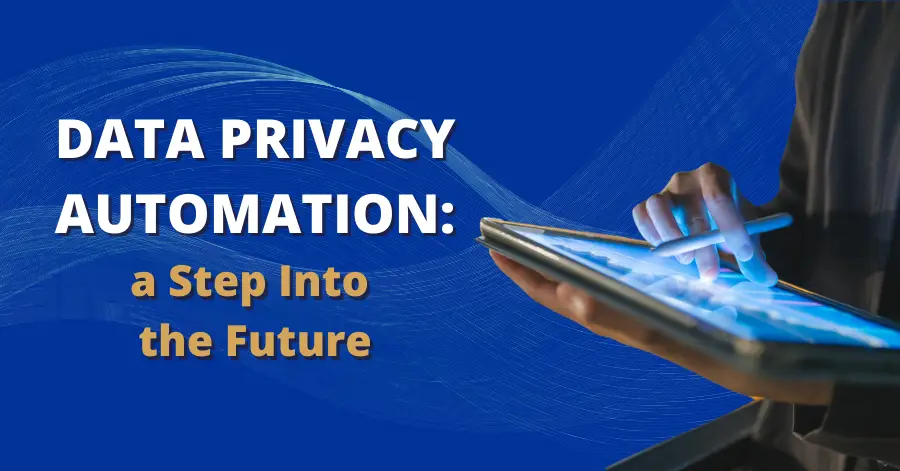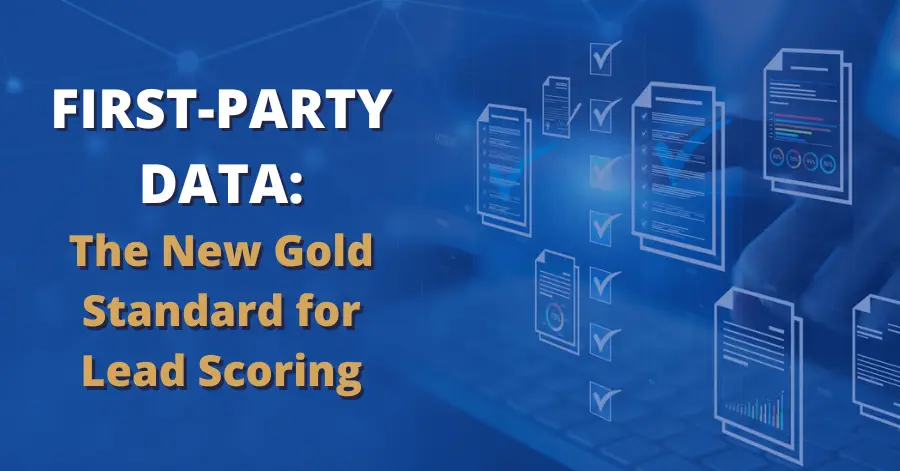Reinventing Marketing Offers in a Privacy-Conscious World


The GDPR and similar privacy laws around the world placed new pressures on business leaders. Marketing leaders now had to worry not only about attracting new leads, but also respecting customers’ rights to privacy or to be ignored. Some companies still struggle with this today. The introduction of these new privacy laws demanded—and continues to demand—vast, sudden changes.
However, marketing itself holds firm. New privacy regulations only restrict the usage of customer data. Your company can and should continue using proven marketing methods to draw in new leads. For an excellent example of this, let’s look at how you can leverage legitimate interest to make specialized marketing offers and attract new customers.
Quick Recap of the GDPR
The GDPR lists six acceptable reasons to process a customer’s personal data:
- The customer has given explicit consent. Consent is defined as “a clear affirmative act” where the customer checks a box, signs a form, or takes some other action to allow the company to process their data a certain way. Consent cannot be assumed—it must always be clearly given.
- Personal data is necessary to meet obligations the customer has agreed to. If the customer has signed a contract with the company or has asked for a similar service—may be providing a price quote—the company will need to process personal data to meet their agreement.
- The company needs the personal data to meet its own legal obligations. This concerns law governing the company, not a contract they’ve signed. For example, a company that sells specialty alcohol will need to have enough personal data to know their customers are all of legal drinking age.
- Personal data is necessary to protect the customers’ vital interests. This principle largely applies only to saving someone’s life and will likely not surface outside of the medical field.
- The company needs the personal data for the public interest or to exercise some legal authority. This one is complicated. Companies can retain and process personal data to support democratic engagement, carry out a governmental function, or administer justice. Customers may object to their data being used in this way, but the rights of erasure or portability do not apply.
- The company can prove a legitimate interest. If the company can prove that a customer has shown genuine interest in something and that processing the data for this purpose doesn’t infringe on the customer’s privacy or violate their rights, they’re allowed to process the data. Explicit consent has not been given, but the customer’s actions demonstrate that they are interested.
Legitimate Interest
For our purposes, the most important principle here is a legitimate interest. The European Commission defines legitimate interest in this way:
“Your company/organization has a legitimate interest when the processing takes place within a client relationship, when it processes personal data for direct marketing purposes, to prevent fraud or to ensure the network and information security of your IT systems.”
Conventional marketing measures would say that making a purchase or taking advantage of an offer demonstrates legitimate interest to be contacted frequently and for a long time. But a detailed understanding of most relevant legislation shows that’s not the case. Privacy laws are concerned with the customers’ interests above all else—and most customers don’t like fielding constant sales calls.
To stay within their legal confines, companies have to get creative. One excellent way to do this is to rethink the way we handle special offers.
How to Handle Marketing Offers
In a post-GDPR world, companies can collect many customers’ legitimate interest through “segmenting” their offers. This ensures you’re targeting customers that actually want to hear from you, rather than just sending off mass emails.
The first, and perhaps simpler, way to segment marketing offers is to promote them specifically to their target audience. For example, a cybersecurity management firm might publish a blog article about recognizing phishing emails. The article could contain a link to purchase the firm’s specialized antivirus software. Anyone reading the blog is interested in safeguarding their computer and will be more likely to appreciate the offer.
A second way to segment marketing offers is to embed one offer within another that has already been accepted. Let’s continue the example of the cybersecurity management firm. A customer that signs up for their newsletter demonstrates an interest in computer security, and may also be interested in attending an upcoming security webinar advertised in the newsletter. The webinar itself may conclude with an offer of a free cybersecurity assessment. This is just an extension of the customer’s interest, and continually accepting offers within offers demonstrates continued interest—and more importantly, continued permission to be contacted.
Regardless of how you choose to handle offers, make sure to keep your promises! Failure to follow through on an offer will only hurt you.
Different Types of Offers to Use
Showcasing an offer is more than just presenting a customer with a link. What form does this offer take? Is it likely to draw the customer in? Here are a few tried-and-true offer formats to experiment with:
- Strategy session. If you’re promoting training or services, use this session to show the customer how your services will help them.
- Demo invitation. Invite the customer to watch your product in action. This approach is best for highly engaged leads that are very likely to buy from you.
- Free trial. Let the customer play with a product or service on their own before making a decision.
- Series of emails. Offer to send the customer a series of emails specifically focused on something they’re interested in. This gives the customer engaging material, and you a lead to nurture.
- General marketing offer. If all else fails, go for Plan B and simply ask the customer if they’re open to any and all future communications from you. You’ll retain a lead, but you’ll have to continue working to narrow down their interests.
Structure Your Offers for a Privacy-Focused Audience
With new restrictions on advertising, companies have had to learn to balance zealous marketing with a healthy respect for customer privacy. Correctly understanding legal guidelines for sales tactics can be time-consuming. However, with the right approach, the results are more than worth it.
Naturally, we have to close this post with a marketing offer of our own for you. Is your system optimized for new legal requirements? We can help you find out! Get in touch today for a privacy assessment to keep your marketing strategy in the clear.
This blog post is an excerpt from our white paper “Reinventing CTAs in a Privacy-Conscious World”. Download and read the full white paper here.





